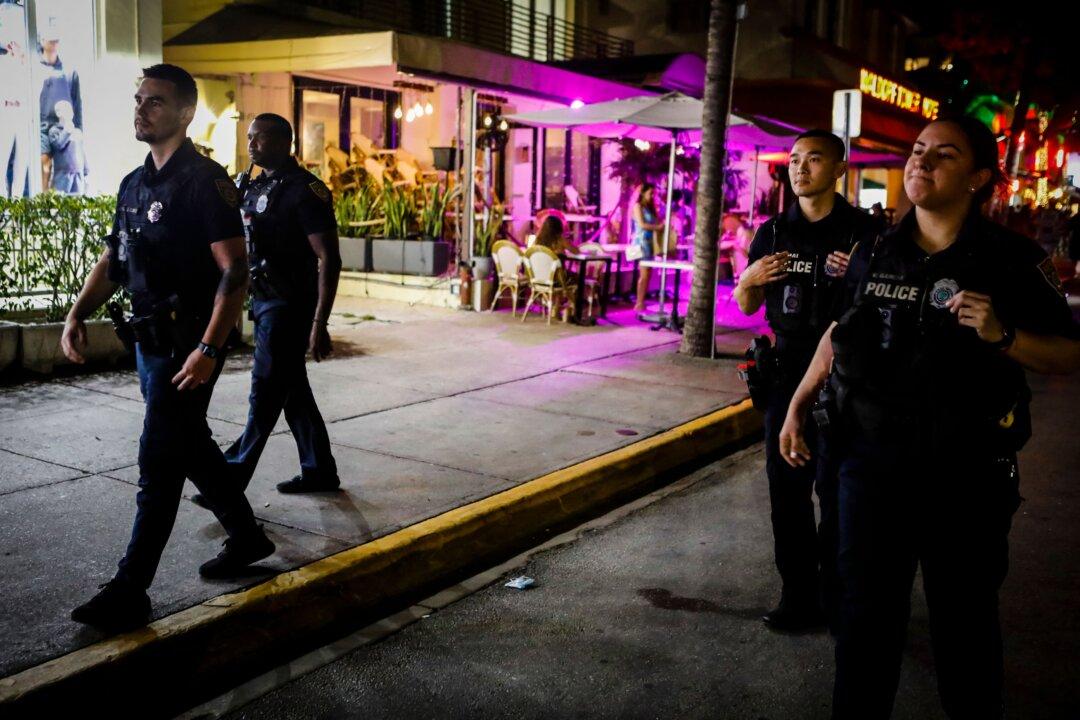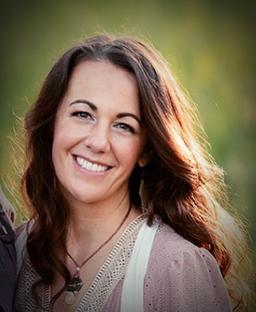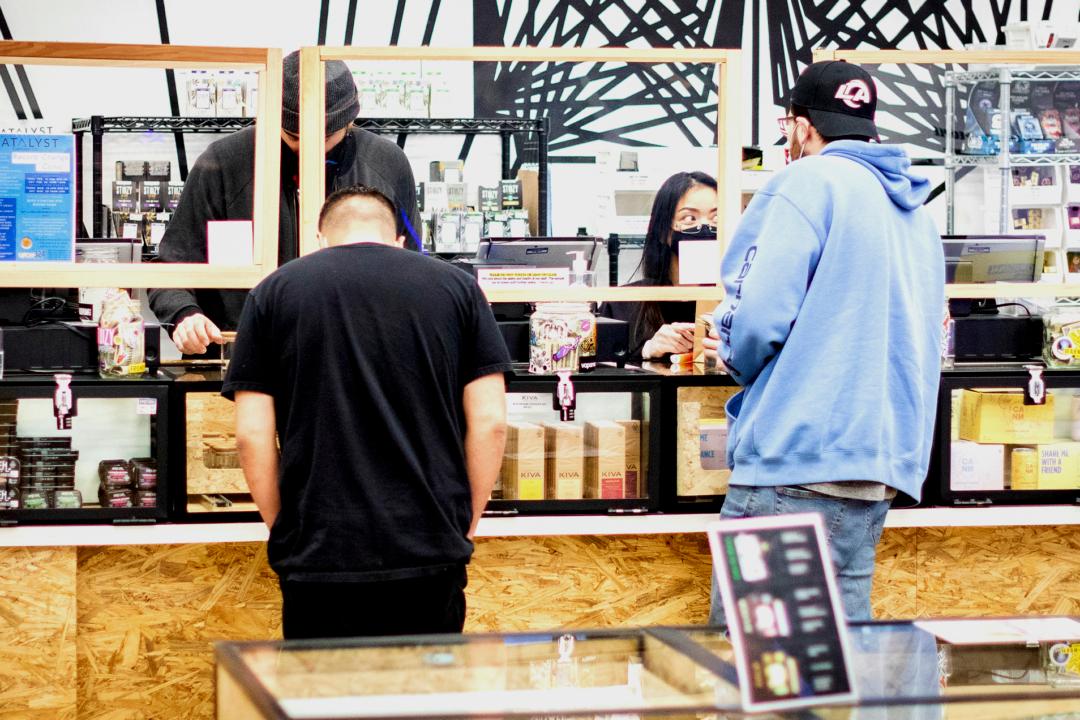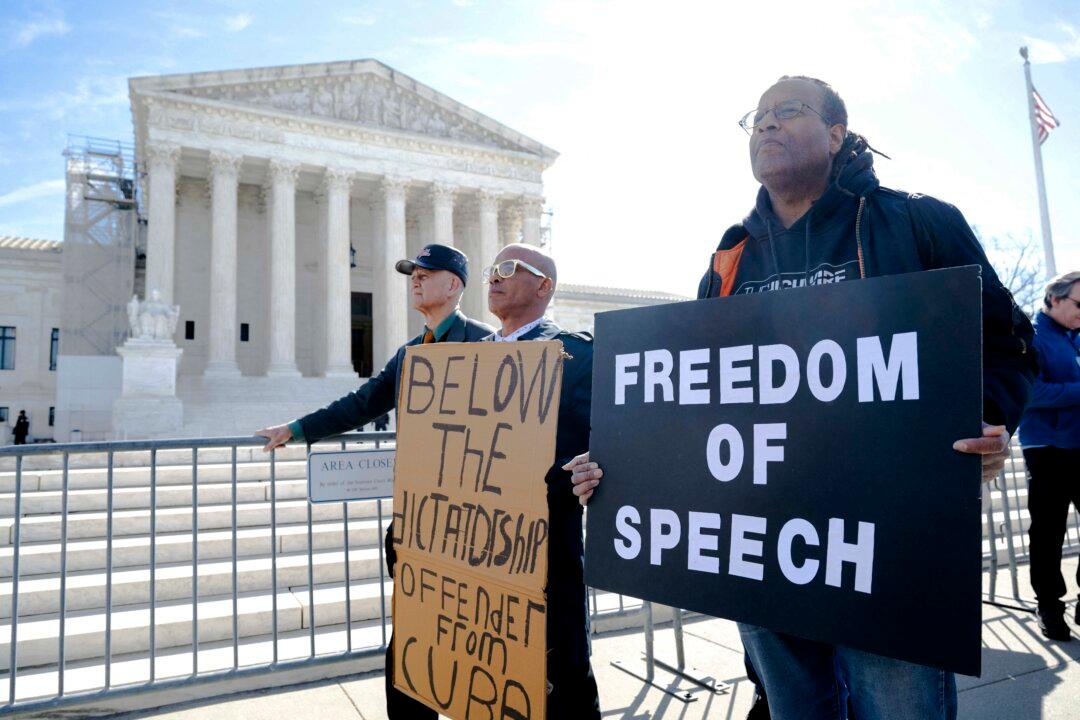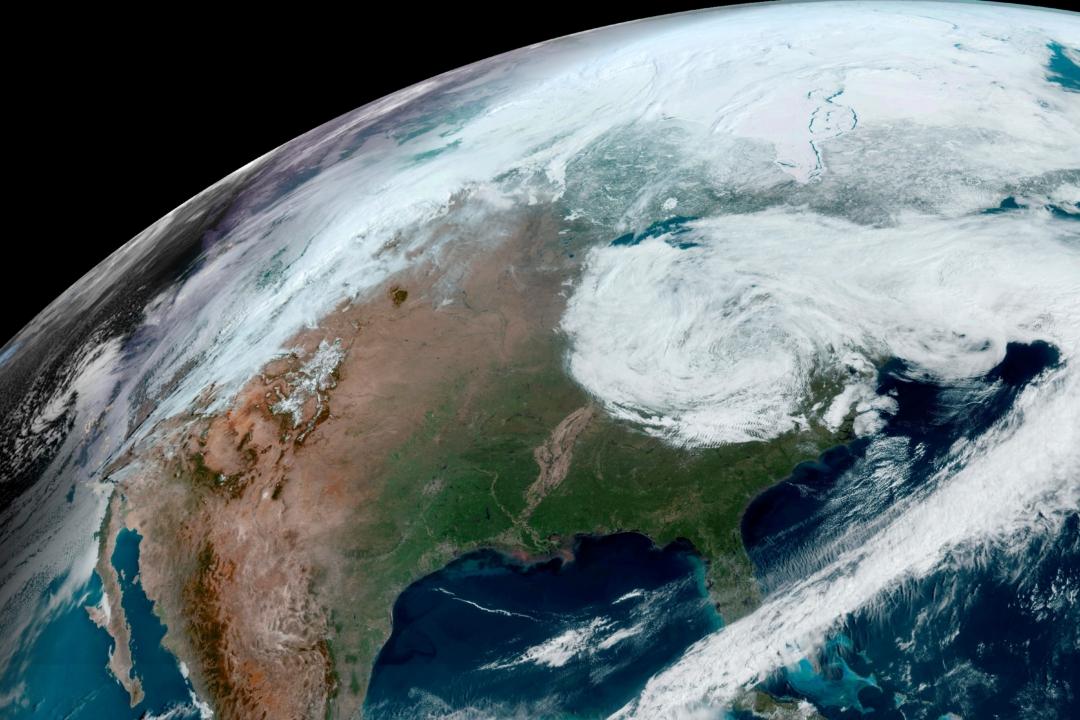Backyard BBQs, splashing in the pool, and family vacations often come to mind when picturing summer. But for youth, the months of no school and naturally less oversight are also the most dangerous.
A 17-year investigation found juvenile crimes increased in June, July, and August, according to a 2014 report by the Department of Justice (DOJ). Specifically, burglary and domestic violence increased by 11 percent, while household larceny and motor vehicle theft rates increased by eight percent and nine percent, respectively.
